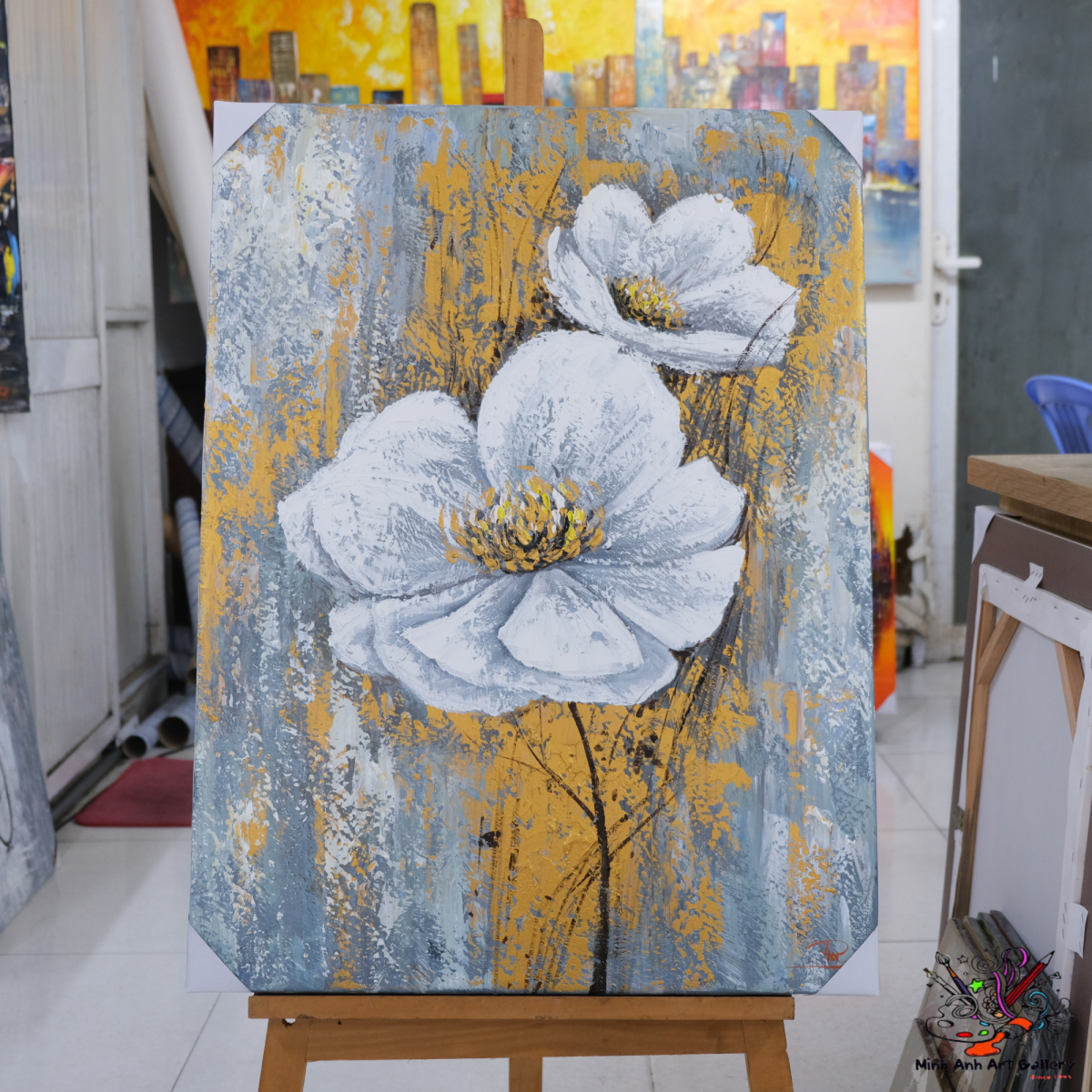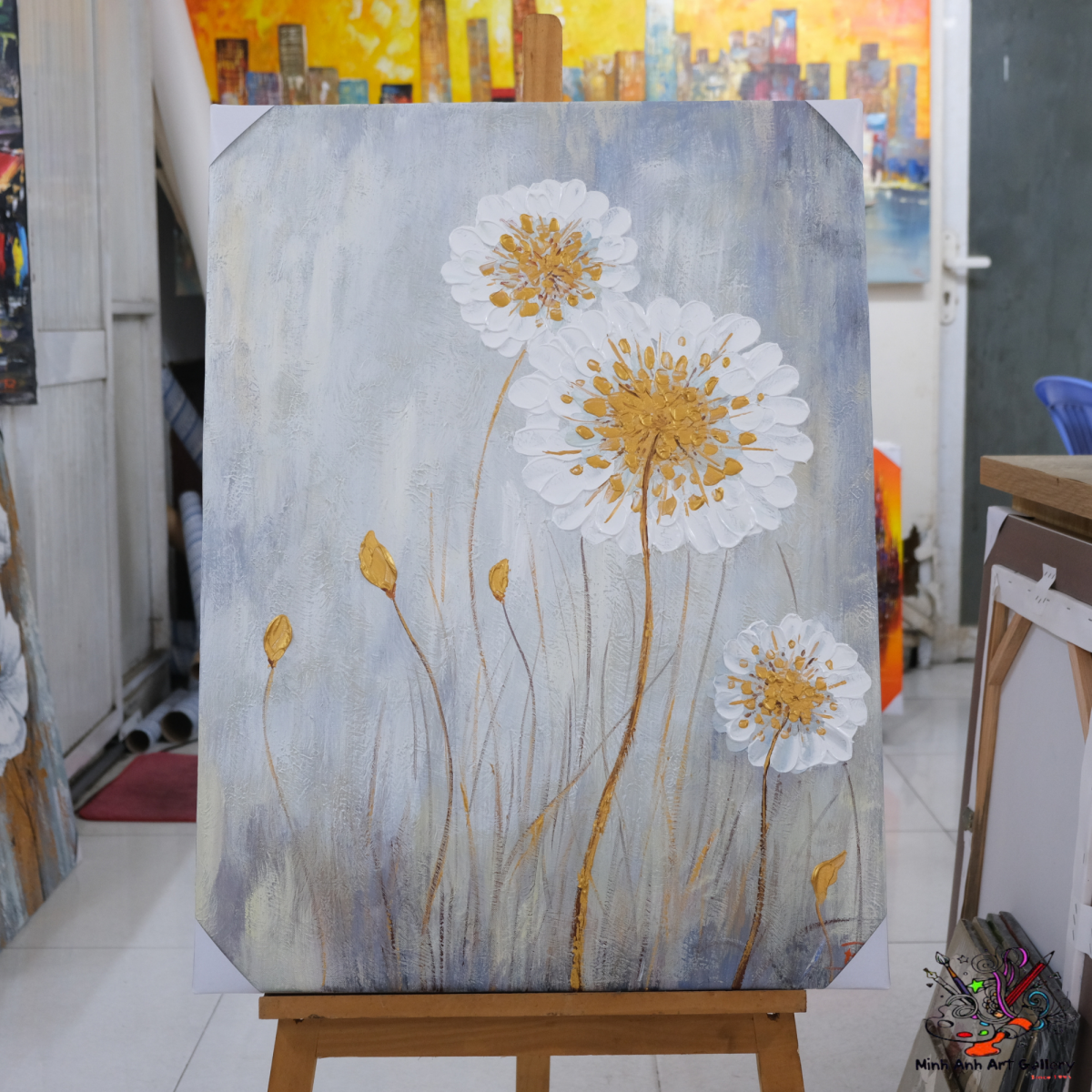Let’s face it—dusty rooms filled with canvases are now sharing the spotlight with servers and cloud drives. As art evolves, so does the way we preserve it. Digitally archiving your Collection ensures it’s not just available today, but forever accessible tomorrow.

This isn’t just about keeping your files safe. It’s about telling stories, maintaining provenance, and making your fine art collection discoverable to curators, historians, and collectors across the globe.
Are you creating a historical record? A sales portfolio? A digital museum? Your end goal will shape everything from the software you use to how you tag files.
Different art collection gallery styles—whether it's a modern art collection, mixed-media display, or a collection of famous art collections—have different needs when it comes to scanning, tagging, and presenting.
Archiving software ranges from museum-grade platforms to user-friendly cloud tools. What you choose depends on your budget and tech-savviness.
Open-source tools like ResourceSpace are great for those who want customization. Paid tools like Artlogic or Collector Systems offer polished interfaces with professional support.
Always maintain three versions of your archive: local, off-site, and cloud. Platforms like Dropbox Business, Google Workspace, or dedicated art archival clouds ensure secure, scalable solutions.

At a minimum, capture artist name, title, medium, size, date, description, ownership, and rights. Metadata is what makes a digital archive searchable and useful.
Stick to established schemas like VRA Core or Dublin Core. This ensures your art collection online speaks the same language as institutions and other private art galleries.
Avoid filenames like “IMG_4920.jpg.” Instead, go with something descriptive like “VanGogh_StarryNight_1889.jpg.” You’ll thank yourself later.
Create folders by artist, then series, then year. This simple system keeps things organized even as your curated art collections grow.
Scan or photograph at a minimum of 300 DPI for viewing and at least 600 DPI for archiving. Your art gallery collection tour should look crystal-clear.
Use TIFF for long-term archival and JPEG or PNG for web displays. Never rely solely on lossy formats for preservation.

Clearly tag who owns the work and who holds the digital rights. Especially important if you plan to license or sell via your art collection online.
Use Creative Commons or custom licenses to control sharing. Display these clearly, particularly if you're part of art gallery exhibitions.
Your private art galleries may not be for everyone. Decide if the archive is for internal use, limited collectors, or the public.
Tools like SmugMug or cloud folders with permissions allow you to show the right art to the right people without sacrificing control.
Ensure that your archive updates automatically sync with your art collection gallery. Avoid duplication and outdated records.
Make it immersive. Include image zoom, artist bios, and collection descriptions to replicate the feeling of a real contemporary art gallery.
Break down your modern art collection into small stories. Use Instagram, Pinterest, or Facebook to drip-feed highlights and drive interest.
Bring your famous art collections to life with online showcases, 3D room models, and virtual tours—perfect for global reach.
The goal? To create something that outlives us. Future generations should not just see your fine art collection, but understand it.
Avoid trends. Stick to enduring file formats (TIFF, PDF/A) and regularly migrate data to new systems to avoid digital obsolescence.

Digitally archiving your art collection online isn’t just a technical task—it’s a cultural one. From metadata and formats to access control and legacy planning, every step ensures your creative legacy stands the test of time. Whether you run one of the world’s private art galleries or you’re curating your first fine art collection, the digital world is ready to preserve your voice—and your vision.
1. What’s the best resolution to archive artworks digitally?
A minimum of 600 DPI for archiving is recommended, though 300 DPI is often sufficient for display purposes.
2. How do I ensure my metadata is up to professional standards?
Follow VRA Core or Dublin Core standards. These are widely accepted across museums, archives, and galleries.
3. Can I archive video or multimedia works too?
Absolutely! Just make sure to choose stable video formats (like MP4) and include detailed metadata.
4. What if I want to keep my archive private?
Use encrypted cloud storage and set permissions. Platforms like SmugMug or Google Drive with access controls work well.
5. Is there a tool that syncs my online gallery with my archive?
Yes. Tools like Artlogic and CollectionSpace offer syncing features, especially if tied into your website CMS.
This article is proudly crafted by Minh Anh Art Gallery – where art meets timeless preservation. Visit us at 101 Bui Vien St, District 1, Ho Chi Minh City or at https://minhanhart.vn. Feel free to reach us at (+84) 962 720 484 or email us at minhanhart.vn@gmail.com.